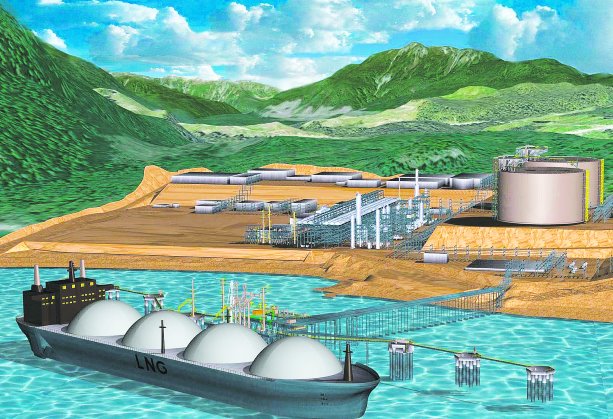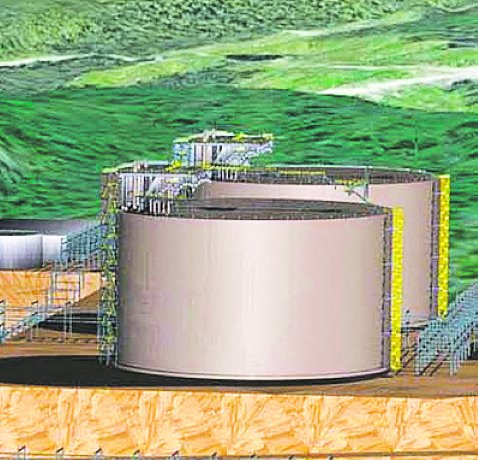The B.C. LNG Alliance (BCLNGA) is forecasting a jobs bonanza for the British Columbia construction industry if one of the liquefied natural gas (LNG) projects that has been proposed for B.C. gets the green light from its proponents.
"If just one project goes ahead, it would create thousands of construction jobs over four to five years, between 4,000 and 7,000 at peak construction," said BCLNGA president David Keane.
"On top of that, there would be 3,000 to 4,000 pipeline construction jobs over two to three years. Not to mention thousands of spin-off jobs. It would be the largest investment in B.C. ever."
So far 18 LNG proposals have been announced in the province, although none of these ventures has yet made the final investment decision (FID) to forge ahead.
Keane said that although no construction work has started on any of the projects, some of the proponents have been gathering soil samples and doing environmental work, as they prepare for a possible positive FID.
The BCLNGA was formed in May 2014 "to foster the growth of a safe, environmentally responsible and globally competitive LNG industry in British Columbia."
The industry organization has seven members, whom it represents to the federal and provincial governments on matters of industry regulation and cost.
"We are committed to developing a regulatory and fiscal framework that sets the right conditions in place to establish a globally competitive and thriving LNG sector in B.C.," Keane said.
BCLNGA is a member of the The Premier’s LNG Working Group, which was formed in 2013 to outline the provincial government’s vision for the LNG industry.
The group, which has representatives from organized labour, industry, First Nations and the provincial government, reviews skills training and workforce planning associated with the development of LNG in the province.
"We have been identifying all the different jobs and skills that will be needed in order to staff the projects," Keane said.
"When all of the research is complete, the information will be delivered to the executive committee of the working group."
The most recent member of the BCLNGA is ExxonMobil LNG Market Development Inc., an affiliate of ExxonMobil, which joined the organization in late 2014.
ExxonMobil has been granted an export license for up to 30 million tonnes of LNG per year for its WCC LNG project at Tuck Inlet, which is near Prince Rupert on the northern coast of British Columbia.
It is proposing up to six floating barges along the edge of Tuck Inlet.
As well as the barges, plans call for land-based camps, administration building and control room structures directly across from the Seal Cove seaplane base.
A final investment decision for the project isn’t expected to be made until early 2018.
Should the project proceed, construction would last five years starting in 2018, with the facility beginning operation in 2023.
The other six members of the Alliance are Petronas-led Pacific NorthWest LNG, Royal Dutch Shell PLC-led LNG Canada, Chevron Corp.-led Kitimat LNG, BG Group’s Prince Rupert LNG and two small-scale projects, Triton LNG and Woodfibre LNG.
LNG is natural gas chilled to about -162° Celsius, the temperature at which the substance condenses to liquid.
The cooling process takes place in a facility which is like a large refrigerator.
LNG is non-explosive, non-toxic, non-corrosive and does not mix with water or soil.
If there is a spill, LNG reverts to its gaseous state and mixes with the atmosphere instead of soaking into the ground. Because LNG takes up about 1/600th the volume of natural gas in the gaseous state, it can be stored and transported easily in specially designed containers.
This is a critical feature of LNG because most of the export market that makes a western Canadian LNG industry viable is located in Asia.

Chevron Canada’s Kitimat LNG is one of a number of liquefied natural gas projects proposed for British Columbia.
Photo: Kitimat LNG"










Recent Comments
comments for this post are closed